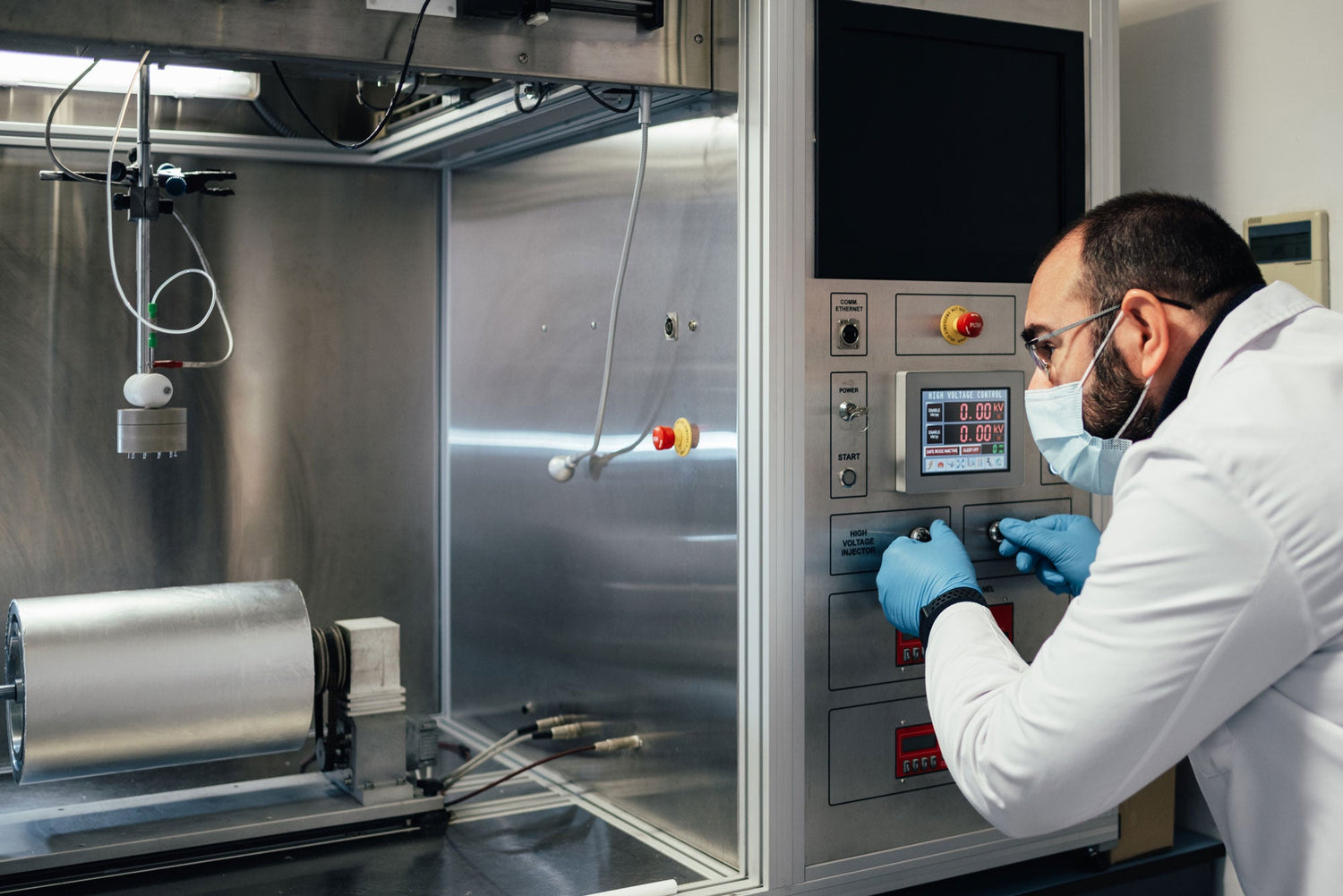Introduction
Traditional plastics have become a cornerstone of modern life, but their environmental impact, particularly in the form of microplastics, has raised significant concerns. Microplastics, defined as plastic particles less than 5 mm in size, are pervasive in ecosystems, posing risks to wildlife and human health. As awareness grows, so does the demand for sustainable alternatives. This article explores innovative materials that offer a microplastic-free future, focusing on biodegradable polymers, edible packaging, and natural fiber composites. These materials not only aim to reduce plastic waste but also address the root causes of microplastic pollution.
Biodegradable Polymers: A Sustainable Shift
Biodegradable polymers are designed to break down naturally into non-toxic components, unlike traditional plastics that persist for centuries. These materials, such as polyhydroxyalkanoates (PHAs) and polycaprolactone (PCL), are derived from renewable resources like cornstarch or sugarcane. A 2023 study by the University of Cambridge found that PHAs can degrade in marine environments within six months, compared to hundreds of years for conventional plastics (Biodegradable Polymers Study). However, challenges remain, including higher production costs and the need for specific environmental conditions for optimal degradation.
Edible Packaging: A Novel Approach
Edible packaging represents a groundbreaking solution to plastic waste. Made from natural ingredients like seaweed, rice, or potato starch, these materials can be consumed or composted, leaving no waste behind. Companies like Notpla have pioneered seaweed-based packaging for food and beverages, which decomposes within weeks (Notpla Innovation). While promising, edible packaging faces hurdles in scalability and consumer acceptance, as well as ensuring food safety and shelf life.
Natural Fiber Composites: Strength and Sustainability
Natural fiber composites combine plant-based fibers, such as hemp, flax, or bamboo, with bio-resins to create materials that are strong, lightweight, and biodegradable. These composites are increasingly used in automotive and construction industries as alternatives to fiberglass or carbon fiber. A 2024 report by the International Renewable Energy Agency (IRENA) highlighted that natural fiber composites reduce carbon footprints by up to 40% compared to traditional materials (IRENA Report). However, their widespread adoption is limited by higher costs and the need for advanced manufacturing techniques.
The Limitations of PLA and Oxo-Biodegradables
While polylactic acid (PLA) is often marketed as a biodegradable alternative, it requires industrial composting conditions to break down effectively, which are not widely available. In natural environments, PLA can persist for years, contributing to microplastic pollution. Similarly, oxo-biodegradable plastics, which fragment into microplastics under UV light, exacerbate the problem rather than solve it. A 2022 study by the Ellen MacArthur Foundation warned that these materials could increase microplastic contamination by up to 20% (Oxo-Biodegradable Study).
Conclusion: A Path Forward
Innovative materials like biodegradable polymers, edible packaging, and natural fiber composites offer promising alternatives to traditional plastics, addressing the urgent need for microplastic-free solutions. While challenges such as cost, scalability, and consumer adoption remain, continued research and development are crucial. By investing in these technologies, we can pave the way for a sustainable future, reducing the environmental and health impacts of plastic pollution.



Leave a comment
This site is protected by hCaptcha and the hCaptcha Privacy Policy and Terms of Service apply.